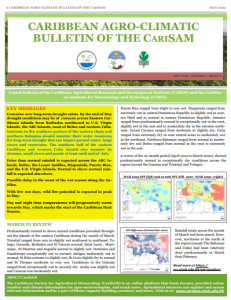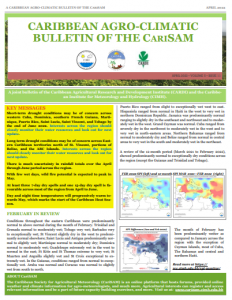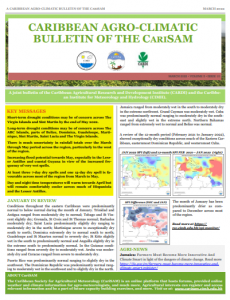https://rcc.cimh.edu.bb/files/2020/01/rcc-logo-trans.png
0
0
Wayne Depradine
https://rcc.cimh.edu.bb/files/2020/01/rcc-logo-trans.png
Wayne Depradine2023-03-14 16:44:582023-03-16 18:30:28Health Implications for March - May 2023
https://rcc.cimh.edu.bb/files/2020/01/rcc-logo-trans.png
0
0
Wayne Depradine
https://rcc.cimh.edu.bb/files/2020/01/rcc-logo-trans.png
Wayne Depradine2023-03-14 16:06:202023-03-14 16:24:53Key Climate Messages for March-May 2023
https://rcc.cimh.edu.bb/files/2020/01/rcc-logo-trans.png
0
0
Wayne Depradine
https://rcc.cimh.edu.bb/files/2020/01/rcc-logo-trans.png
Wayne Depradine2022-11-28 11:01:272022-11-28 11:35:45Usually Expect September-October-November
https://rcc.cimh.edu.bb/files/2020/01/rcc-logo-trans.png
0
0
Wayne Depradine
https://rcc.cimh.edu.bb/files/2020/01/rcc-logo-trans.png
Wayne Depradine2022-11-25 19:21:102022-11-25 21:42:37Health Implications for September - November 2022
https://rcc.cimh.edu.bb/files/2020/01/rcc-logo-trans.png
0
0
Wayne Depradine
https://rcc.cimh.edu.bb/files/2020/01/rcc-logo-trans.png
Wayne Depradine2022-11-25 18:30:182022-11-28 11:42:14Looking Back: May to July 2022
https://rcc.cimh.edu.bb/files/2020/01/rcc-logo-trans.png
0
0
Wayne Depradine
https://rcc.cimh.edu.bb/files/2020/01/rcc-logo-trans.png
Wayne Depradine2022-11-09 16:08:002022-11-25 18:35:29Temperature Outlook November 2022
https://rcc.cimh.edu.bb/files/2020/01/rcc-logo-trans.png
0
0
Wayne Depradine
https://rcc.cimh.edu.bb/files/2020/01/rcc-logo-trans.png
Wayne Depradine2022-11-09 15:25:252022-11-12 11:06:09Drought Outlook November 2022
https://rcc.cimh.edu.bb/files/2020/01/rcc-logo-trans.png
0
0
Wayne Depradine
https://rcc.cimh.edu.bb/files/2020/01/rcc-logo-trans.png
Wayne Depradine2022-11-09 15:21:592022-11-25 18:36:03Precipitation Outlook November 2022
https://rcc.cimh.edu.bb/files/2020/01/rcc-logo-trans.png
0
0
Wayne Depradine
https://rcc.cimh.edu.bb/files/2020/01/rcc-logo-trans.png
Wayne Depradine2022-11-08 12:37:342022-11-10 10:07:41Caribbean Climate Outlook Newsletter November 2022
https://rcc.cimh.edu.bb/files/2020/01/rcc-logo-trans.png
0
0
Sherika
https://rcc.cimh.edu.bb/files/2020/01/rcc-logo-trans.png
Sherika2022-05-04 09:02:132022-05-04 09:02:13CariSAM Bulletin Vol 5 Issue 12 May 2022
https://rcc.cimh.edu.bb/files/2020/01/rcc-logo-trans.png
0
0
Sherika
https://rcc.cimh.edu.bb/files/2020/01/rcc-logo-trans.png
Sherika2022-04-08 13:03:512022-04-08 13:35:01CariSAM Bulletin Vol 5 Issue 11 April 2022
https://rcc.cimh.edu.bb/files/2020/01/rcc-logo-trans.png
0
0
Sherika
https://rcc.cimh.edu.bb/files/2020/01/rcc-logo-trans.png
Sherika2022-03-09 08:23:042022-03-09 08:23:04CariSAM Bulletin Vol 5 Issue 10 March 2022
Scroll to top



